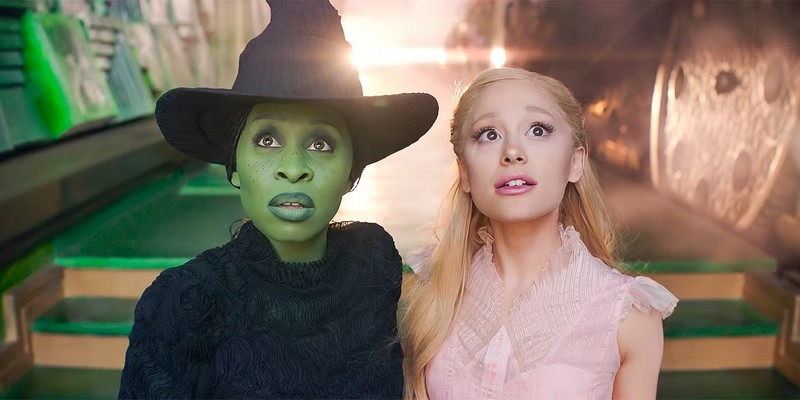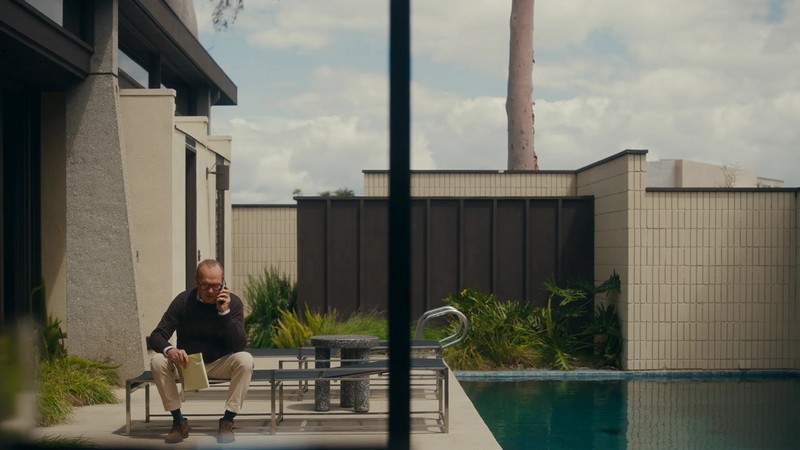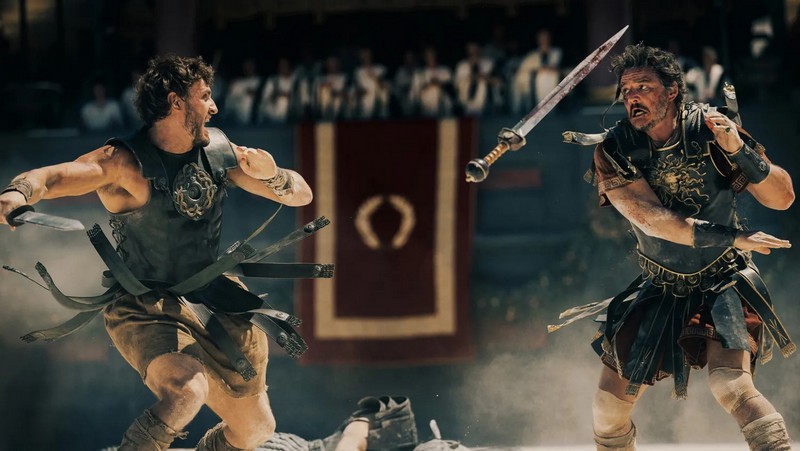Louise Brooks was one of the biggest stars of the silent movie era. So you’d think a movie featuring Brooks as a character would delve into some of the mystique surrounding the star. Yet Michael Engler’s The Chaperone largely sidesteps Brooks’ career in favour of a stodgy love story.

Julian Fellowes – best known for Downton Abbey – adapts Laura Moriarty’s 2012 novel of the same name. But what might have worked on the page has a rocky transition to the screen. The film’s many contrivances don’t ring true. And more importantly, its message about finding your true self gets lost. The whole point of the film is that social mores shouldn’t prevent someone pursuing happiness. But its continual tut-tutting about ignorant attitudes from the past feels itself like the moral grandstanding it tries to target.
The year is 1922, and in the backwater of Wichita, Kansas, an overheard conversation leads to Norma Carlisle (Elizabeth McGovern) becoming chaperone to Louise Brooks (Haley Lu Richardson). Louise is “already the best dancer in Wichita”; but hopes to make it big in New York City. But her mother Myra (Victoria Hill) sensibly won’t allow the 16 year-old Louise to go to the big city alone. With few options available, Norma is the last and best choice to accompany the young star. Handily for Norma, it allows her a break from her unhappy marriage to Alan Carlisle (Campbell Scott).
Arriving in New York, Louise takes to the city easily; but Norma finds it harder to cope with the bustle and grime. However, she takes the opportunity to delve into her past by visiting the orphanage where she lived as a girl. There she meets kindly handyman Joseph Schmidt (Géza Röhrig), who helps her secretly access her adoption papers. But keeping the flighty Louise safe in a city filled with temptation will test Norma’s mettle.
The Chaperone falters on just about every front. Fellowes’ script feels muddled – its multiple storylines just don’t gel and the whole thing becomes very confused by the end. The love story between Norma and Joseph is pallid at best; a situation not helped by some very odd directorial choices from Engler. The rosy ending is simply ridiculous. Nick Remy Matthews’ (Hotel Mumbai) cinematography is positively claustrophobic. Whether it stems from Engler’s pedigree in television, or from the need to shoot around modern buildings on location, his reliance on tight shots becomes very distracting after a while. On that point, some of the special effects used to try to recreate the 1920s are weak and obvious – and the final shot is particularly painful.
Elizabeth McGovern throws herself into the title role, but even those efforts can’t overcome the film’s many flaws. Her task isn’t helped by an oddly wooden performance from Géza Röhrig (Son of Saul) as her love interest. Since we know from his past work that Röhrig can act, I can only assume this was a deliberate choice by Engler. Though why he would make that choice is unclear. Australian Miranda Otto has a minor role as head of the dance academy Louise attends. She too isn’t treated kindly by either the script or the costume design, which makes her look like Tilda Swinton’s character in Suspiria. Haley Lu Richardson (Five Feet Apart) is however a breath of fresh air in this stolid melodrama, and the film’s major saving grace.
I really wanted to like The Chaperone, but I left disappointed. If you’re a dyed-in-the-wool Downton Abbey fan, you may find something to like here. But I’m afraid for everyone else, The Chaperone is likely to be a bland blancmange of a film – a fact only highlighted by footage of the real Louise in the end credits.
Director: Michael Engler
Cast: Elizabeth McGovern, Haley Lu Richardson, Géza Röhrig, Campbell Scott
Release Date: 25 April 2019
Rating: PG
David Edwards
Other reviews you might enjoy:

David Edwards is the editor of The Blurb and a contributor on film and television





